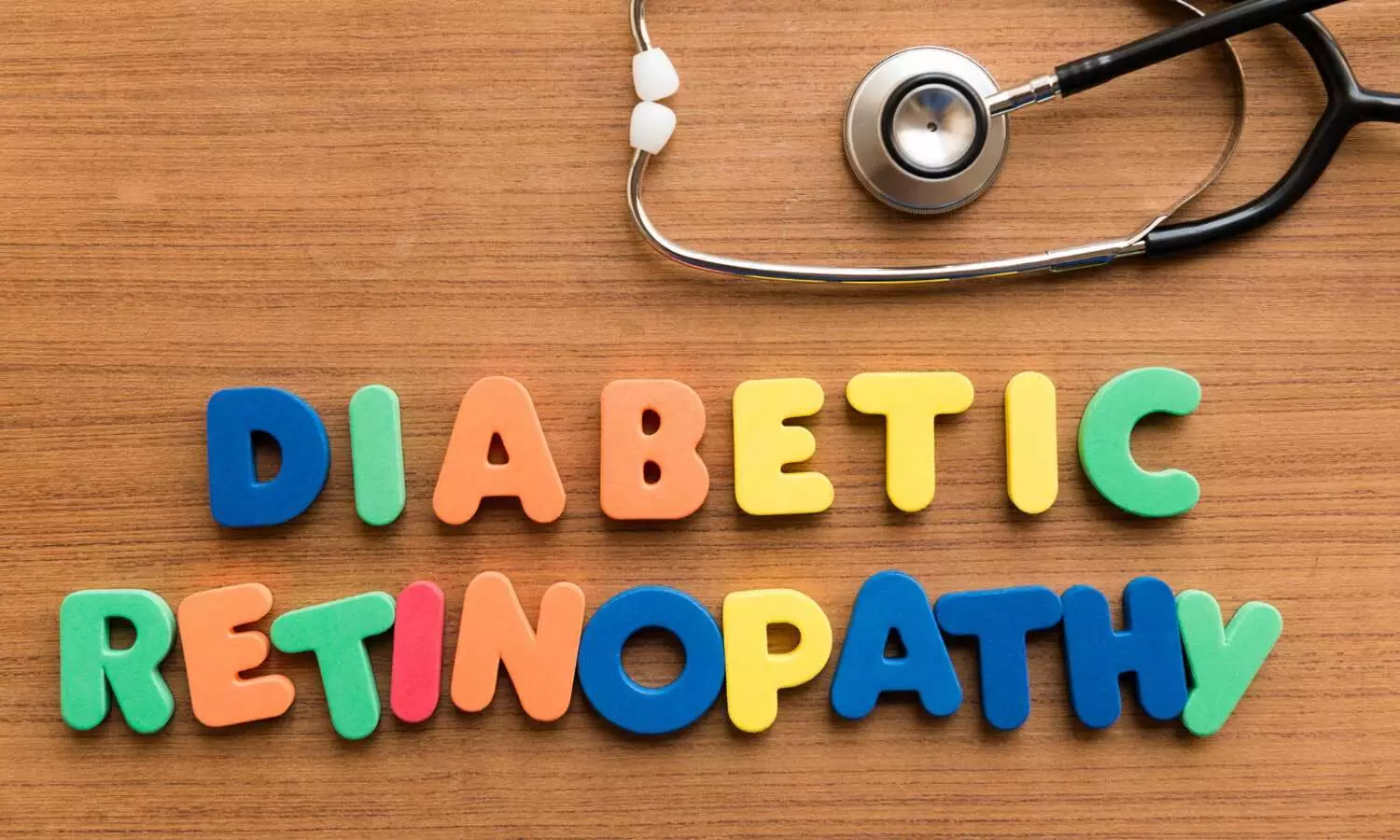Fenofibrate Therapy Effective in Slowing Diabetic Retinopathy Progression: ADA

Cholesterol drug fenofibrate has shown potential for slowing the progression of diabetic retinopathy in people with early retinal changes, with the potential to reduce the need for retinal laser or intravitreal injection treatment, new trial data presented at American Diabetic Association suggests.
The findings of simultaneously study published in the NEJM Evidence journal through Scotland’s national Diabetic Eye Screening (DES) program reveal that fenofibrate therapy may significantly slow the progression of diabetic retinopathy which commonly causes blindness among adults with diabetes. This promising finding could pave the way for new treatment protocols to preserve vision in diabetic patients.
The extensive trial involved a total of 1,151 adults with nonreferable diabetic retinopathy or maculopathy. The participants were randomly assigned to receive either 145-mg fenofibrate tablets or a placebo. The participants with impaired renal function took the medication on alternate days. The primary focus of this study was on the development of referable diabetic retinopathy or maculopathy, as well as the need for treatment interventions such as intravitreal injections, retinal laser procedures, or vitrectomy.
Over a median follow-up period of four years, the outcomes demonstrated a clear benefit for those on fenofibrate. In the fenofibrate group, 22.7% progressed to referable diabetic retinopathy or maculopathy or required treatment when compared to 29.2% in the placebo group. This represented a significant reduction in risk, with a hazard ratio of 0.73 (95% confidence interval [CI], 0.58 to 0.91; P=0.006).
Further analysis showed that any progression of retinopathy or maculopathy was observed in 32.1% of the fenofibrate group versus 40.2% in the placebo group which indicated a hazard ratio of 0.74 (95% CI, 0.61 to 0.90). Also, the development of macular edema occurred in only 3.8% of the participants on fenofibrate when compared to 7.5% on placebo, with a hazard ratio of 0.50 (95% CI, 0.30 to 0.84).
The study also monitored serious adverse events which occurred in 36.1% of fenofibrate participants and 35.5% of placebo participants by indicating no significant increase in severe side effects due to fenofibrate. However, a marked finding was the decrease in estimated glomerular filtration rate (eGFR) in the fenofibrate group, with a trial-averaged eGFR being 7.9 ml/min/1.73 m² lower when compared to the placebo group.
While fenofibrate did not significantly impact visual function, quality of life, or visual acuity, its role in reducing the progression of diabetic retinopathy is promising. Overall, these findings suggest that fenofibrate could be a valuable addition to the management strategies for diabetic retinopathy in the early stages of the disease.
Source:
Preiss, D., Logue, J., Sammons, E., Zayed, M., Emberson, J., Wade, R., Wallendszus, K., Stevens, W., Cretney, R., Harding, S., Leese, G., Currie, G., & Armitage, J. (2024). Effect of Fenofibrate on Progression of Diabetic Retinopathy. In NEJM Evidence. Massachusetts Medical Society. https://doi.org/10.1056/evidoa2400179



